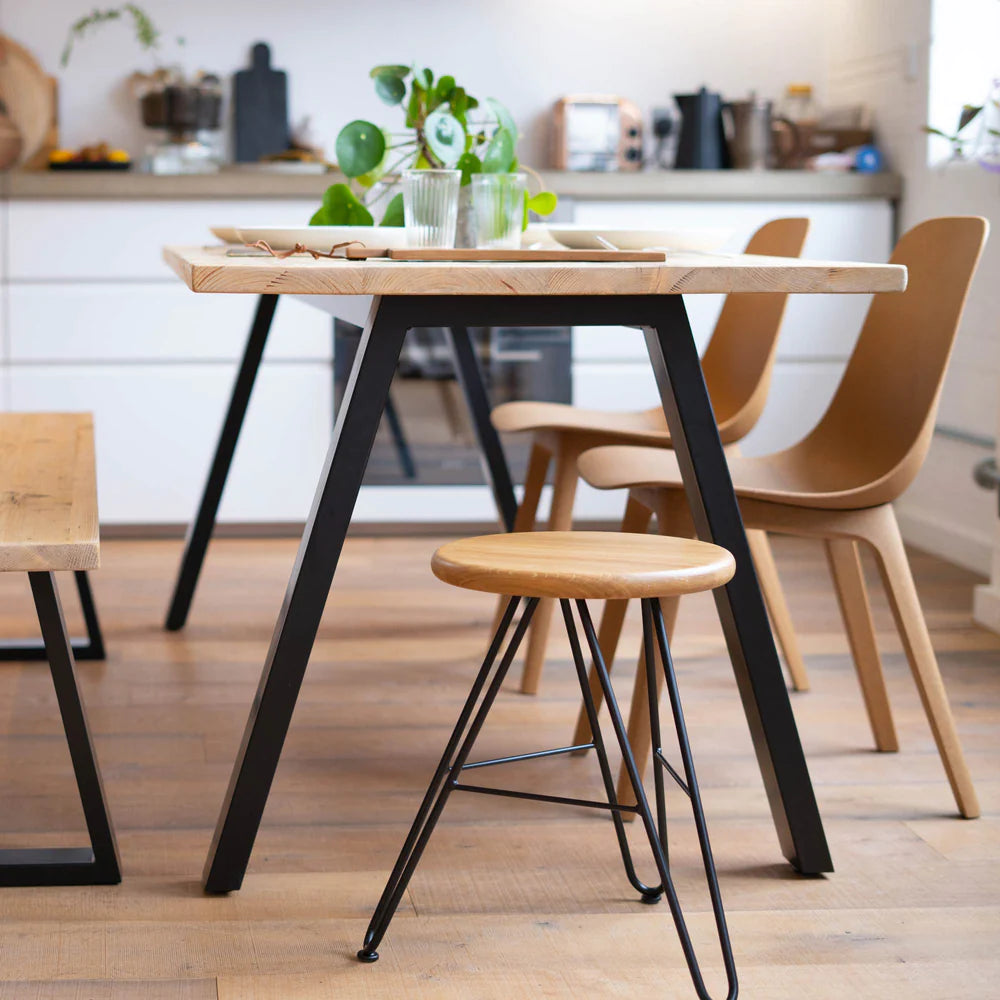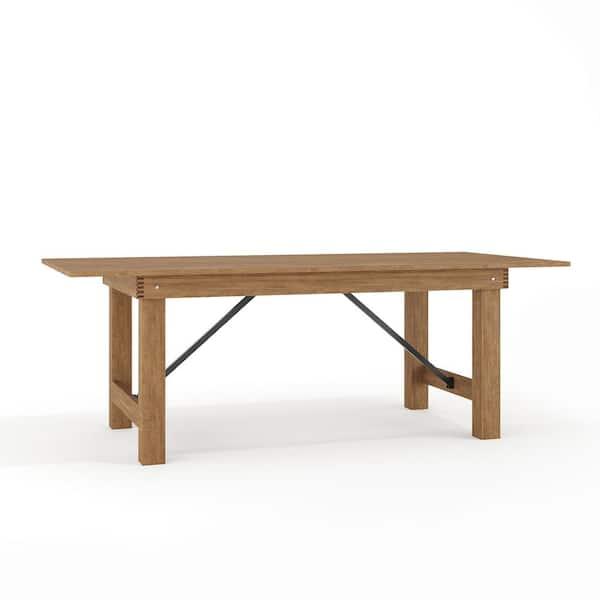Exploring the Different Sorts Of Eating Table Legs Wood for Your Eating Area
The choice of dining table legs timber can profoundly affect both the practical and aesthetic top qualities of your dining space. Solid timber alternatives, such as oak and walnut, offer a traditional appearance with unmatched durability, while engineered timber alternatives provide cutting-edge layouts that mimic the richness of all-natural grains.
Strong Wood Options

Moreover, solid timber is renowned for its stamina and long life. Unlike crafted materials, strong timber is much less susceptible to bending and damages with time when appropriately maintained. This makes it an optimal selection for families or those who often hold celebrations. Each item of strong wood is unique, showcasing individual attributes that add to the charm and character of the table.
In addition, solid wood can be completed in various methods, ranging from natural oils to stained surfaces, allowing property owners to customize their furniture to match their design. In summary, selecting solid timber for eating table legs not just ensures architectural integrity but also enhances the visual charm of the dining location, making it a rewarding financial investment for any kind of home.
Engineered Timber Alternatives

Plywood, created from numerous layers of timber veneer, is especially strong and secure, making it an excellent selection for eating table legs. Its layered composition allows it to hold up against modifications in humidity and temperature level much better than conventional strong wood. MDF, on the various other hand, provides a smooth surface area for painting or veneering, making it possible for developers to accomplish a polished appearance while preserving architectural stability.
When picking engineered timber choices, it is vital to consider the designated usage and wanted aesthetic. These materials not just boost the performance of eating areas but also enable for greater layout adaptability, making certain that traditional and modern styles can coexist harmoniously.
Reclaimed Wood Features
Reclaimed wood uses a special mix of sustainability and personality, making it a progressively popular option for eating table legs. Sourced from old barns, manufacturing facilities, and various other structures, redeemed wood personifies a history that brand-new materials simply can not reproduce. Each piece brings its own story, marked by unique flaws, knots, and differing grain patterns, which add to a table's unique visual allure.
Along with its aesthetic charm, redeemed timber is an ecologically friendly alternative. By repurposing previously made use of products, it lowers the need for brand-new lumber, therefore aiding to lessen and preserve woodlands waste. This aligns with an expanding consumer preference for sustainable practices in decor.
Moreover, reclaimed wood is frequently extra durable than newly gathered timber due to its age. The all-natural drying procedure that recovered timber goes through outcomes in a denser and stronger product, making it less vulnerable to bending and splitting. This enhances the long life of eating tables, enabling them to hold up against the roughness of day-to-day use.
Softwood vs. Hardwood
When picking eating table legs, recognizing the differences in between softwood and hardwood is important for attaining both visual and useful objectives. Softwoods, stemmed from coniferous trees, such as want and cedar, are identified by their lighter weight and ease of adjustment. They commonly exhibit an even more rustic appearance, making them ideal for casual or country-style dining spaces. However, softwoods are normally much less long lasting than woods, which can be a factor to consider for families or those seeking longevity in their furnishings.
On the other hand, woods, sourced from deciduous trees like cherry, maple, and oak, are renowned for their thickness, toughness, and toughness. The elaborate grain patterns and rich shades of woods supply a advanced and classic charm, making them suitable for official dining setups. While hardwoods tend to be a lot more pricey and larger, their strength versus damage typically warrants the investment.
Eventually, the option between softwood and hardwood for eating table legs must align with your layout vision, usage demands, and spending plan, making sure that your dining room reflects your personal design while staying useful in time.

Surfaces and Treatments
The aesthetic charm and durability of dining table legs can be dramatically enhanced with numerous finishes and therapies. Extra resources These processes not only shield the timber from damages but additionally raise its appearance, permitting it to match diverse interior styles.
One typical therapy is discoloring, which penetrates the timber and improves its all-natural grain while adding shade. Spots provide an abundant, elegant appearance, enabling homeowners to match their furnishings with existing design. Alternatively, clear finishes such as polyurethane or varnish develop a safety layer without altering the timber's initial shade, making certain durability versus wear and tear.
In addition, natural oils, like tung or linseed oil, nurture the timber and provide a subtle luster, all while being environment-friendly. These oils enable the surface area to take a breath, protecting against dampness buildup and prospective warping.
For those looking for a rustic appeal, weathered or distressed surfaces can be related find more info to produce an aged appearance, including character to the item. Eventually, the choice of therapies and surfaces relies on individual preference, desired aesthetic appeals, and the particular wood type, making it important to think about these aspects when selecting eating table legs for your space.
Verdict
In final thought, the choice of dining table leg materials considerably influences both the aesthetic and functional aspects of an eating space. Strong timbers, crafted alternatives, and redeemed options each deal distinctive advantages, dealing with various choices and requirements. Comprehending the distinctions in between softwoods and hardwoods, in addition to appropriate surfaces and treatments, enables notified decision-making. Eventually, the option of timber kind should line up with preferred style, sturdiness, and environmental factors to consider, enhancing the total eating experience.
The selection of eating table legs wood can greatly impact both the functional and aesthetic top qualities of your dining area - Dining Table Legs Wood. Solid wood choices, such as oak and walnut, supply a traditional appearance with unparalleled durability, while engineered wood choices supply ingenious styles that simulate the splendor of natural grains. Strong timber uses an ageless high quality that can raise the general design of an eating space. Each item of strong wood is distinct, showcasing specific features that include to the charm and personality of the dining table
In addition, redeemed timber is frequently more sturdy than recently gathered wood due look these up to its age.